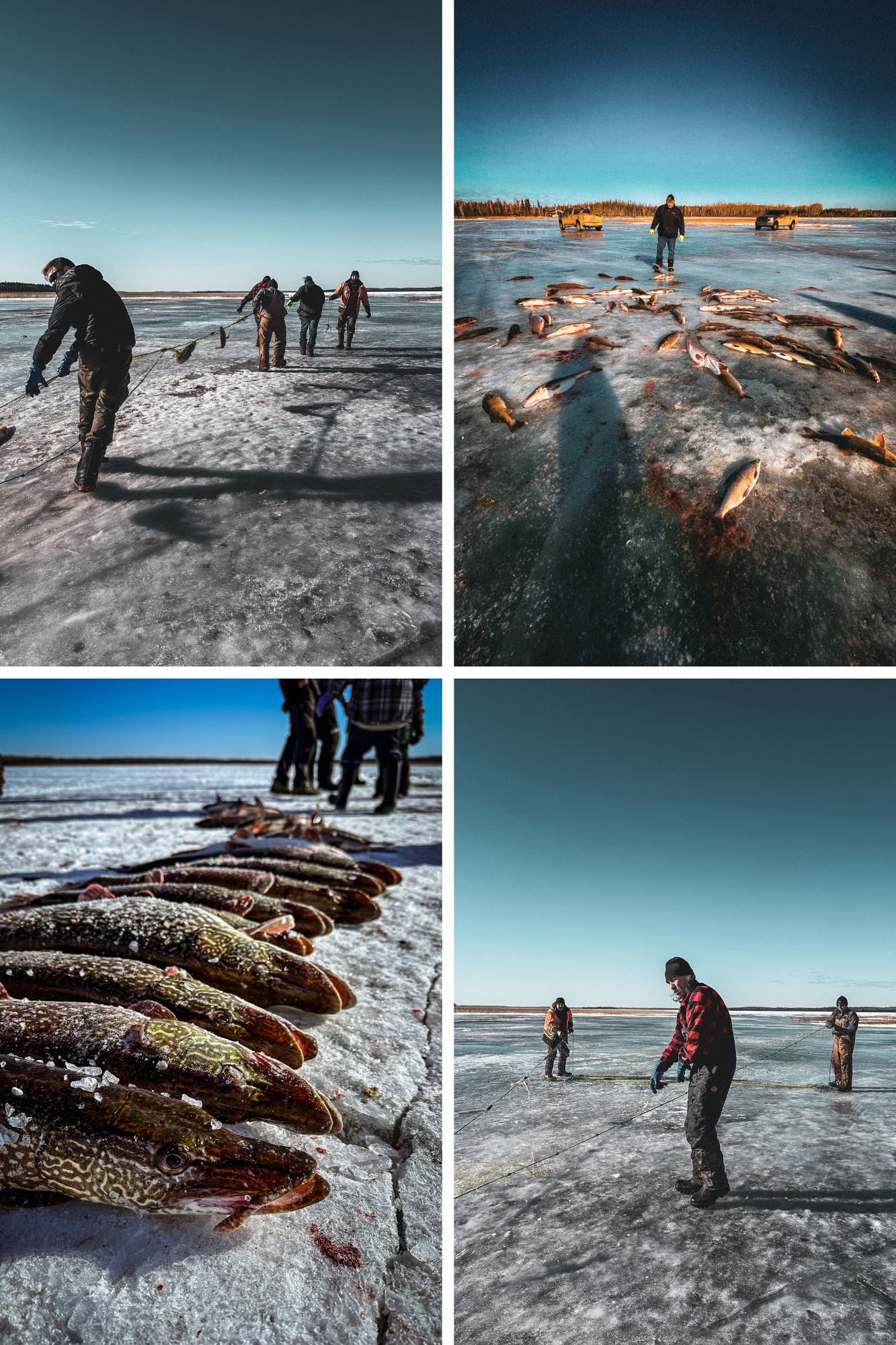This speedblog, written by Mark Louie Lopez, is part of the OLS-9 cohort.
As a freshwater biologist and molecular ecologist, my work has always centered on advancing environmental monitoring and conservation science. Over the years, I have had the privilege of contributing to this field through research outputs, collaborations, and community engagement. One of the most exciting projects I am currently involved in is the development of environmental DNA (eDNA) tools for biodiversity monitoring in Indigenous lands, supported by the Digital Research Alliance of Canada’s DRI EDIA pilot program. This project is not only a scientific endeavor but also a collaborative effort to empower Indigenous communities and address pressing environmental challenges.

The Project
Bridging Science and Indigenous Knowledge: The project, titled “Utilizing Digital Research Infrastructure (DRI) to Develop Environmental DNA Tools for Biodiversity Monitoring in Indigenous Lands,” focuses on creating cutting-edge eDNA tools to monitor priority species in collaboration with Indigenous partners. These tools are part of the broader iTrackDNA program, which aims to integrate eDNA technology with Indigenous Knowledge to enhance biodiversity monitoring and conservation efforts.
Environmental DNA (eDNA)—genetic material shed by organisms into their environment—offers a non-invasive, cost-effective, and highly accurate method for detecting species. By analyzing eDNA, we can monitor biodiversity without disturbing ecosystems, making it an invaluable tool for conservation. However, developing robust eDNA tools requires advanced computational resources to process large genomic datasets. This is where the Digital Research Alliance of Canada plays a pivotal role.
The Role of Digital Research Infrastructure
The development of eDNA tools involves several computational steps, including the assembly of mitochondrial genomes, identification of unique genetic sequences for primer design, and statistical modeling to validate assay sensitivity. These tasks demand high-performance computing resources, such as the Cedar cluster, which the Digital Research Alliance provides. Access to these resources enables us to process vast amounts of genomic data efficiently, ensuring the accuracy and reliability of our eDNA tools. To fully leverage these resources, I have identified key training needs, including preparing submission scripts, debugging parallel computation jobs, and monitoring multiple tasks concurrently. These skills are essential for maximizing the potential of DRI in advancing our research.
Collaboration with Indigenous Communities
A cornerstone of this project is its collaborative approach with Indigenous partners. By integrating traditional ecological knowledge with eDNA technology, we aim to create a comprehensive understanding of ecosystem dynamics. This not only validates Indigenous Knowledge but also empowers communities to take an active role in managing their natural resources. Adhering to the OCAP principles (Ownership, Control, Access, and Possession), we ensure that all data collected within Indigenous territories remains under the control of the Indigenous communities. This commitment to Indigenous data sovereignty is fundamental to our work, fostering trust and equitable partnerships.
Addressing Barriers for Equity-Seeking Groups
As a member of the 2SLGBTQQIA+ community and a racialized immigrant, I am deeply aware of the barriers faced by equity-seeking groups in accessing advanced research infrastructure. These barriers include limited awareness of available resources, insufficient training opportunities, and a lack of institutional support. By providing training and resources, this project aims to empower underrepresented researchers and Indigenous communities, fostering a more inclusive and diverse scientific community.
- Co-design biodiversity monitoring projects with Indigenous partners, identifying priority species for eDNA assay development.
- Conduct online training sessions on using DRI for eDNA assay design, targeting equity-seeking researchers and Indigenous scientific staff.
- Validate targeted eDNA assays and apply them to monitor biodiversity in Indigenous lands, providing timely and accurate data to our partners.
- Launch a social media campaign to raise awareness about the role of DRI in advancing eDNA research and supporting equity-seeking groups.
We anticipate engaging over 100 individuals from equity-seeking groups, including Indigenous communities, racialized researchers, and first-generation post-secondary students. By measuring the impact of these activities, we aim to demonstrate how DRI can drive innovation and inclusivity in environmental research.
The OLS “Open Seeds” Mentoring Program
The Open Seeds program is a 16-week personal mentorship and cohort-based training designed to empower individuals to become Open Science ambassadors in their communities. As part of the OLS-9 cohort, I have had the opportunity to:
- Share expertise and gain knowledge essential for creating, leading, and sustaining Open Science projects.
- Connect with a diverse network of mentors, experts, and peers from various backgrounds and identities.
- Develop leadership skills to effectively advocate for Open Science principles and practices.
The OLS program has been instrumental in helping me refine my project’s goals, enhance my understanding of Open Science, and build a strong foundation for collaboration with Indigenous partners. The mentorship and skill-building sessions, such as the GitHub tutorial for beginners and Open Leadership: Academia, industry, and beyond, have equipped me with the tools needed to navigate the complexities of open and collaborative research.
A Vision for the Future
This project represents a unique opportunity to bridge the gap between advanced scientific tools and Indigenous Knowledge, fostering a collaborative approach to biodiversity monitoring. By leveraging the Digital Research Alliance’s infrastructure and the mentorship provided by the OLS program, we can develop robust eDNA tools that empower Indigenous communities, inform conservation strategies, and contribute to the sustainable management of Canada’s natural resources.
As we move forward, I am excited to see how this initiative will not only advance scientific research but also create a more inclusive and equitable research ecosystem. Together, we can harness the power of technology and traditional knowledge to protect our planet’s biodiversity for generations to come.